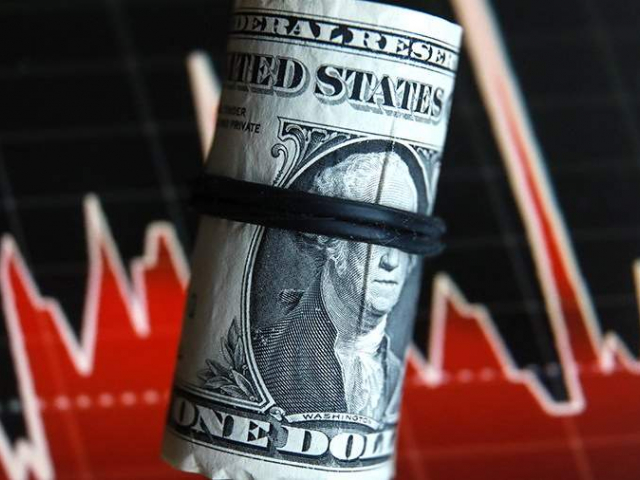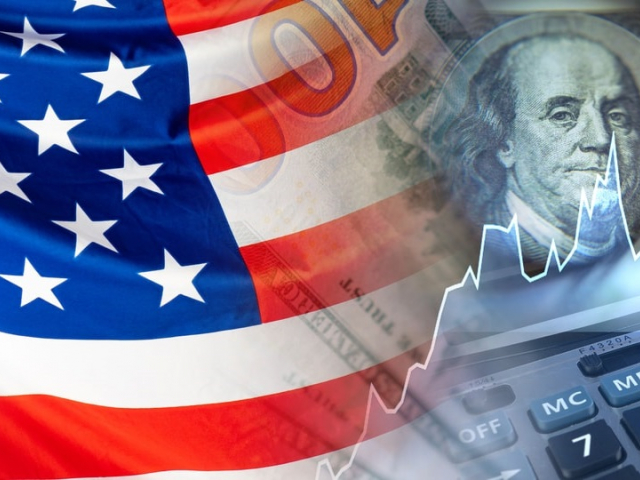
Political turmoil
According to analysts, domestic politics in the United States could be another "black swan" event bringing unexpected changes to the market. At the moment, there is a kind of standoff in the political arena of the United States. The US House of Representatives voted to send the Biden impeachment resolution for review to the House Judiciary and Homeland Security committees. At the same time, the congressmen quashed a move to quickly impeach the head of state but agreed to open an investigation into his removal. Biden was accused of abuse of power and dereliction of duty. The impeachment resolution became the most popular document on the website of the US Congress. Meanwhile, the Democratic Party tried to bring Donald Trump, one of the key presidential candidates, to justice. As a result, political turmoil adversely affected financial markets. They did not collapse but darkened the overall investment climate.

Lower corporate earnings
Analysts anticipate a sharp 6.5% decline in US companies’ corporate earnings in the second quarter of 2023, marking the biggest drop in the past two years. These projections surfaced at the end of the first quarter of 2023 when the 500 largest US corporations included in the S&P 500 index provided their financial reports. S&P 500 companies posted a 7% decline in first-quarter earnings, the largest since the COVID-19 pandemic. In addition, US manufacturing activity slumped considerably. The manufacturing PMI stood at 46.3 in June, down from 48.4 a month ago. Notably, a reading above 50 points indicates economic growth, while a reading below 50 points suggests contraction.

EU and US yield curve inversion
Over the past month, the yield curve inversion in the EU and the US has increased by more than 69%. This indicates a high likelihood of a recession. Against this background, interest rates on short-term loans may be higher than rates on long-term loans. Interestingly, amid economic stability, yields on long-term bonds are above yields on short-term ones. The longer the loan term is, the greater the chance the economy will face challenges. According to Deutsche Bank, government bond yield curves remain inverted in both the US and Europe. This means that yields on short-term bonds are higher than those on long-term bonds, which is far from the norm. The current situation has a negative impact on stock markets. Earlier, experts recorded two consecutive quarters of negative US economic growth, while the EU economy has just entered a recession. Analysts believe that regulators deliberately create such a situation to reduce consumer spending and demand, thus resulting in higher prices.

Interest rate hikes in US
Interest rate hikes in the United States undermine investors' incentive to own shares in American companies. This negatively affects the global financial market and deprives investors of the lion's share of profits. Thus, in the next three months, deposits and government bonds are expected to bring market participants the same yield (5.3%) as riskier assets. Against this background, Fed members find it expedient to raise interest rates in order to fight against galloping inflation. According to analysts, there is a roughly 86.8% chance the regulator will lift interest rates by 25 basis points at its July meeting (against 52.2% in May).

Fight against rising inflation
To bring inflation down from the current 4% to the 2% target, Fed officials stress the need for an additional hike in the key interest rate above the 5%-5.25% range. In early May, futures markets questioned further interest rate increases. Now they seem to be almost inevitable. According to Deutsche Bank, the Fed will hardly begin cutting interest rates before 2024. As for the ECB, the situation is different. Futures markets are pricing in a twofold increase in interest rates, while the first rate cut is expected to take place a few months later than in the US.
 Български
Български 
 Русский
Русский English
English Bahasa Indonesia
Bahasa Indonesia Bahasa Malay
Bahasa Malay ไทย
ไทย Español
Español Deutsch
Deutsch Français
Français Tiếng Việt
Tiếng Việt 中文
中文 বাংলা
বাংলা हिन्दी
हिन्दी Čeština
Čeština Українська
Українська Română
Română
